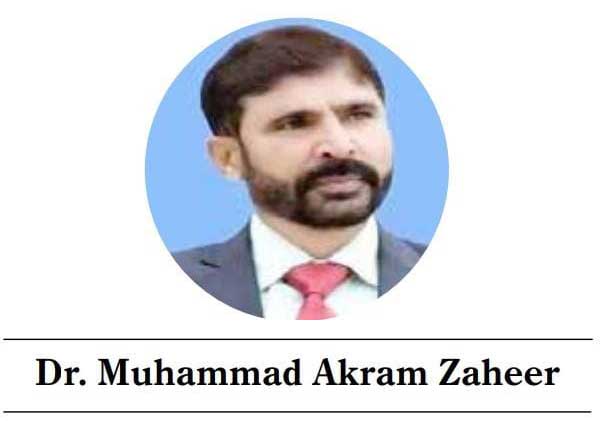Today the climate change is driven largely by the natural resource and human depletion of the ozone layer. In recent years human activities and their contribution can be clearly observed as being the most significant to climate change and its impacts. The consequences are directly threatening to human life health, property and freedom of action which all represent human right and justice particularly under developing countries. There is a conflict between human rights of emitter gases and victims of climate change. It is difficult to establish sensible criteria for making relevant distinction scientifically. The paper presents climate change as an issue of justice by providing some real-world. The expected impacts of climate change are explained, as well as options for responding to the problem, such as mitigation and adaptation. The paper also presents the global injustice and climate change debate as it has appeared in the literature of political philosophy, human rights approaches and distributive justice approaches. The specification and motivation of the paper is climate change. Using the analysis within the limits of the above-mentioned parts, the paper is tied with arguments and a conclusion
Keywords: Climate Change, Injustice, Human Rights, distributive justice, Approach
Introduction
Climate injustice refers to how the impacts of climate change are differently felt by different groups of people and places. Some people and places are more vulnerable than others to these impacts. Although natural process such as changes in the sun’s energy volcano has been affecting the climate of earth but they do not explain the warming that is observed over the last century. Due to industrial revolution human activities have released a large amount of carbon dioxide greenhouse and other gasses in the atmosphere. The sunlight that reflect and absorb by the earth is depends on its surface and atmosphere. The dark surface like ocean, soil forest and other objects tend to attend more light and heat. Earth is a system where everything is connected with each other and the change at one place affects all over the planet. Therefore the consequences of these changes on the earth and atmosphere create intense drought, lack of water, melting ice, flooding rivers, rising sea level, severe fire storms and the decline of biodiversity. In such conditions the poorest communities particularly the marginalized have had to relocate and protection from the risk of shock hitting asserts and income streams. The people of low income than high income people are hardly hit and impacted in the sudden and extreme weather and long standing racial, gender and economic inequality. Therefore, the climate change contributes potential and the risk of disasters and conflicts. The disasters and conflicts have been big driver of displacement of the millions people from their homes. Hunger is already increasing humanitarian disaster due to climate change.
Author
1- Dr. Muhammad Akram Zaheer
PhD in Political Science from Islamia University Bahawalpur
+923017241490
akramzaheer86@yahoo.com













